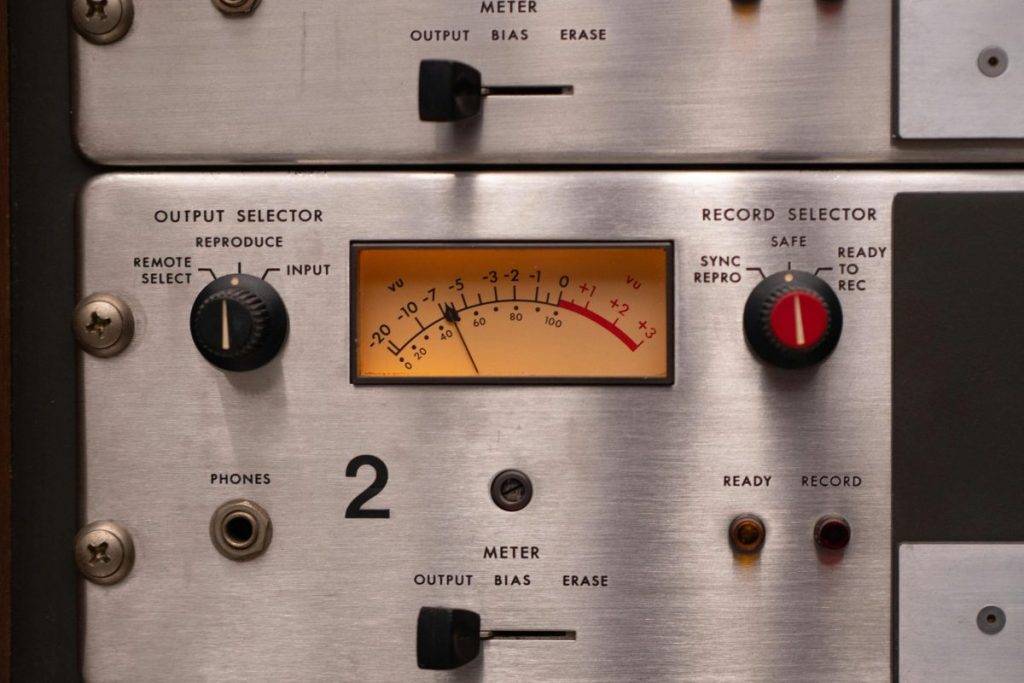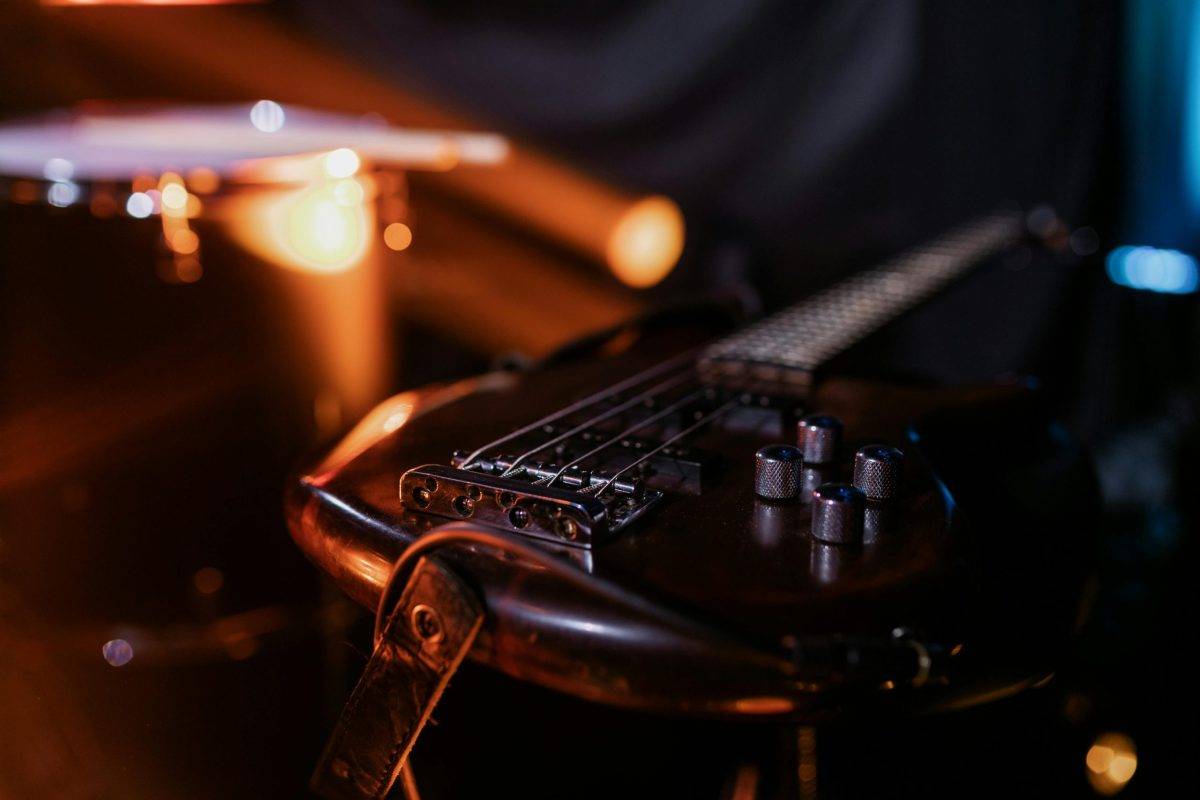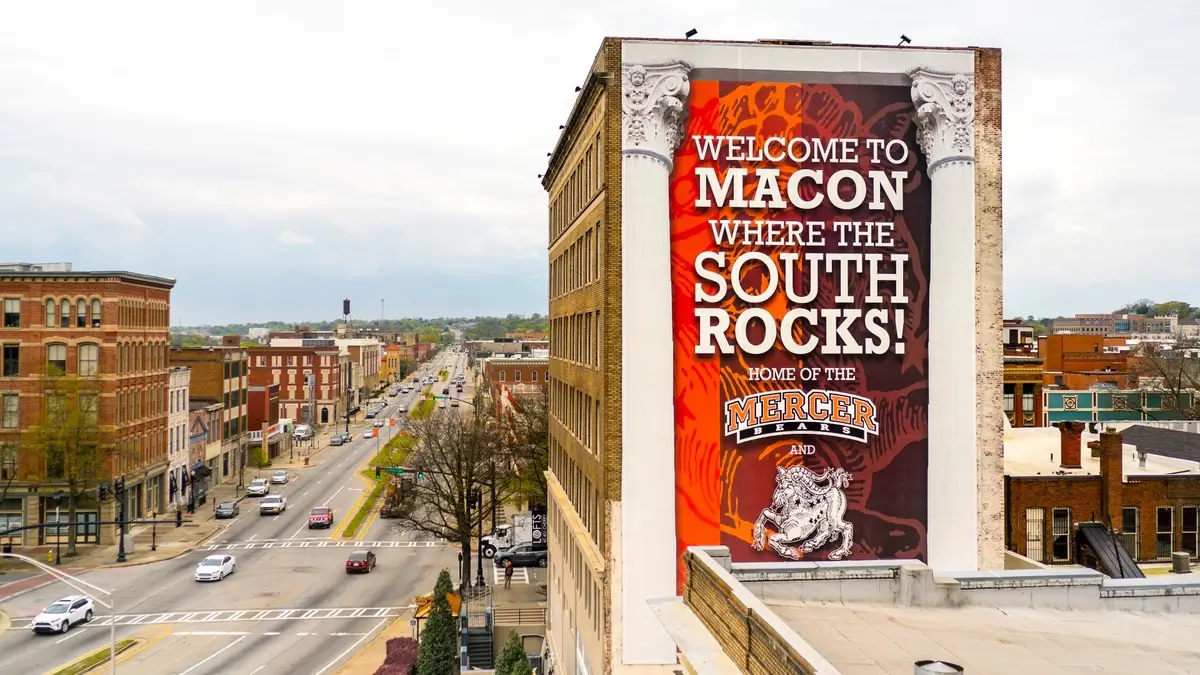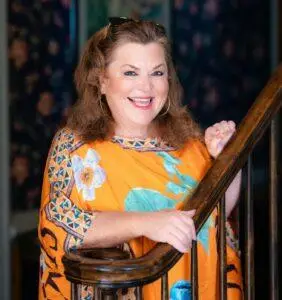The Birthplace of Southern Rock: Capricorn Records, Macon’s Legacy, and the City Then and Now
Between 1969 and 1979, Capricorn Records produced nine platinum albums, seventeen gold albums, and five gold singles. Macon became known nationally not just for its music but for shaping an entire genre. Yet back in the late 1960s, Macon looked very different. Music floated everywhere—on porches, in churches, and from jukeboxes in neighborhood diners. Against this backdrop, Macon gave rise to a sound that would change American music forever: Southern Rock.
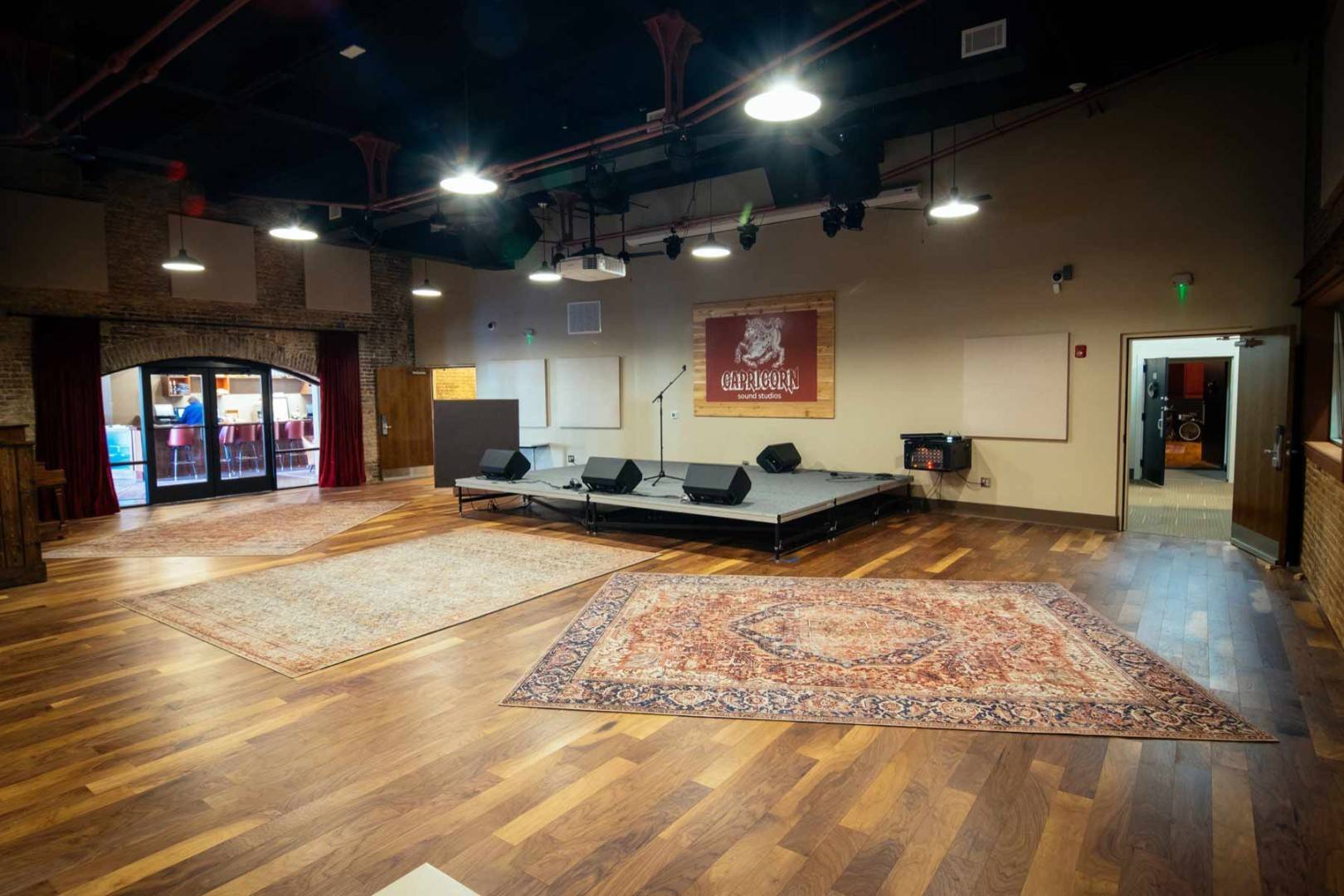
The Visionaries Behind Capricorn
Phil Walden, already an established manager for Otis Redding, Percy Sledge, and Sam & Dave, dreamed of putting Macon on the music map. With Jerry Wexler, Atlantic Records’ vice president, he launched Capricorn Records, named for their shared zodiac sign.
Capricorn was more than a label. Walden envisioned a hub where artists could experiment with state-of-the-art equipment and collaborate with supportive session musicians—much like Memphis’s Stax Records or Muscle Shoals’ FAME Studios. In building Capricorn, he was also investing in Macon itself, turning the city into a cultural crossroads where music, commerce, and community converged.
A Guitarist Named Duane Allman
That dream found its spark in Duane Allman, a Florida-born guitarist known for his soulful slide work in recording sessions. Walden gave him the chance to create something lasting.
Duane assembled what became The Allman Brothers Band, and their 1969 debut album—though modest in sales—was groundbreaking. Critics praised its fearless blending of country, blues, jazz, and rock. Almost overnight, Macon became not only the Allmans’ hometown but also the spiritual home of Southern Rock.
Macon as the Soundtrack
The city itself helped shape the music. In the late ’60s and ’70s, Macon’s neighborhoods offered an eclectic mix. Downtown was filled with diners, record shops, and modest apartments. Just beyond the core, you’d find Craftsman bungalows, brick cottages, and Victorian homes—many of which sold for just a few thousand dollars.
The Allman Brothers often gathered at The Big House, now a museum on Vineville Avenue. At the time, homes like it cost less than what many people pay today for a car. The Big House became more than a residence—it was a rehearsal space, a crash pad, and the heartbeat of the band’s community. Locals remember seeing band members strolling through town, eating at H&H Soul Food, and living as part of the community.
Southern Rock Takes Over
The Allman Brothers’ live shows soon became legendary, their extended improvisations electrifying audiences nationwide. Their 1971 album, At Fillmore East, cemented both their reputation and Capricorn’s rise. Follow-ups like Eat a Peach (1972), Brothers and Sisters (1973), and Win, Lose or Draw (1975) became cultural touchstones.
Capricorn nurtured more than just the Allmans. Wet Willie, The Marshall Tucker Band, and The Charlie Daniels Band all thrived under its banner, while artists from Percy Sledge to Bonnie Bramlett to Otis Redding’s sons added their voices to the Southern Rock story.
Music, Real Estate, and Community
While Capricorn was producing hits, Macon was undergoing its own transformation. In the late 1960s and ’70s, real estate looked vastly different. A three-bedroom brick cottage in Midtown might have sold for under $25,000. Downtown storefronts—abandoned as shoppers moved to suburban malls—could be leased for a fraction of today’s prices.
That affordability made Macon fertile ground for musicians and entrepreneurs. They could take risks, rent rehearsal space, and even buy homes without the financial hurdles common in bigger cities. In many ways, Macon’s real estate landscape helped fuel the creative explosion that Capricorn made famous.
Fast-forward to today, and those same neighborhoods are some of Macon’s most sought-after addresses. Homes once affordable for young musicians now attract buyers from across the country, drawn by Macon’s cultural legacy and affordability compared to larger Southern cities. Historic districts like Vineville, College Hill, and Intown are prized for their character, while modern loft developments downtown appeal to those who want walkable living near restaurants, theaters, and live music.
Affordability is still one of Macon’s strongest assets, even as home values steadily climb. In fact, Macon now ranks among the top markets in the nation for annual real estate appreciation. Downtown lofts, once abandoned warehouses, are drawing professionals, artists, and investors eager to be part of Macon’s renaissance—and to claim their stake in a growing market.
For modern buyers, the message is clear: Macon is where history and opportunity meet. Whether you’re walking Vineville streets once home to the Allman Brothers or investing in a downtown loft near the restored Capricorn Studios, real estate here offers more than a home—it offers a connection to a cultural legacy.
The Spirit of Collaboration
Capricorn’s story wasn’t just about chart-topping albums—it was about collaboration. Musicians floated in and out of sessions, trading solos and harmonies, with late nights often turning into all-hours jam sessions fueled by passion, not profit.
That same spirit thrives in Macon today. Downtown businesses, preservation groups, and developers are working together to honor the city’s past while fueling its future. Restored theaters, revitalized neighborhoods, and adaptive reuse projects mirror the kind of innovation that once made Capricorn legendary.
Legacy and Renewal
By the end of the 1970s, Capricorn’s dominance waned as the music industry shifted, but its influence never faded. Today, the Capricorn Sound Studios have been restored by Mercer University, serving as both a museum and a working studio where a new generation records. The Big House Museum keeps the Allman Brothers’ story alive, welcoming visitors from around the world.
And just like music, Macon’s real estate market continues to evolve. Where Capricorn once gave artists affordable space to chase their dreams, today buyers and investors find opportunity in the city’s blend of affordability, history, and potential. From restored cottages to modern lofts, Macon’s homes echo the past while offering fresh opportunities for the future.
Macon Then and Now
Macon in the late 1960s and ’70s wasn’t just the backdrop for Southern Rock—it was a partner in its creation. Affordable homes, strong community ties, and a cultural mix created the perfect stage for creativity. Thanks to Phil Walden’s vision, Duane Allman’s genius, and Capricorn’s roster of artists, Macon became the birthplace of Southern Rock.
Today, visitors tour the studios, stroll neighborhoods where music history was made, and experience a city in the midst of renewal. The homes once filled with musicians are now restored, and downtown—once struggling—is thriving again with restaurants, lofts, and businesses.
Macon didn’t just shape a genre of music. It shaped lives, communities, and opportunity. And whether you’re listening to At Fillmore East or touring historic homes with Macon’s top real estate agent Joanna Jones, you’ll feel that same rhythm still echoing through the streets.

